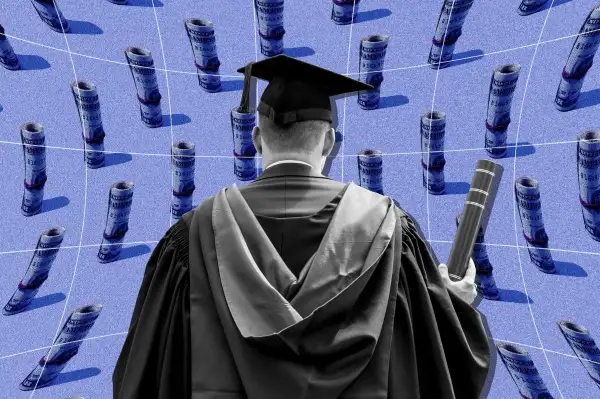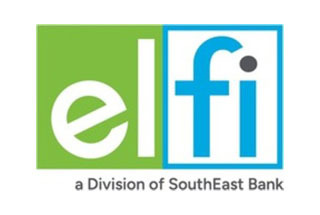College Costs Were Flat for Many Years. Now They're Back on the Rise

For the past several years, inflation has had a blind spot: college costs. But now the era of flat, or evening declining, tuition is coming to an end.
Across the board, tuition and fees are back on the rise for public and private colleges, according to new college cost data from the College Board. At many institutions, the price hikes are higher than the overall rate of inflation — marking a departure from a pandemic-induced trend that kept college costs steady as prices rose for most everything else.
“It’s really a return to the long-term normal,” says Sandy Baum, an economist who specializes in college affordability for the Urban Institute. “Somehow people didn’t pay much attention to the fact that inflation-adjusted prices fell so much over the past few years.”
For instance, the inflation-adjusted average sticker price for tuition at a four-year public college was $13,150 for the 2020-2021 academic year before falling four consecutive years to $11,920 for 2024-2025 academic year — a 13-year low.
Now inflation-adjusted tuition and fees for these institutions are ticking up the first time since the 2016 academic year, according to College Board data.
And it's not just tuition that's getting more expensive. Housing and food costs are "causing a lot of strain" for students, too, Baum says. The price of room and board at a four-year public college, for example, is usually much higher than tuition and fees. For the current academic year, the average cost of attendance is $30,990. Of that, about 45% is housing and food, while tuition represents 39% of the cost. (The remaining costs of attendance includes smaller expenses, like books and transportation.)
These sticker prices only tell part of the story — and they "don't represent what most students pay," Baum says. That's because a majority of students receive grants that reduce the actual cost of colleges.
To account for that, the College Board calculated the average net cost of attendance, which includes tuition, fees, room and board as well as the aid students receive, then adjusted it for inflation. For all institution types — public two- and four-year and private four-year colleges — the net cost of attendance is rising for the first time in years.
The net cost to attend a public four-year college is now $21,340, representing a 1.4% increase above inflation. Average private colleges now cost $37,380, a 2.5% increase above inflation.
“There is a lot of financial pressure on colleges and universities now so it’s not surprising that there is some increase [in costs],” Baum says.
Why college costs are rising again
Colleges all across the country are dealing with major policy, funding and enrollment challenges. In many cases, the institutions are raising prices to keep afloat.
At the University of Minnesota, for instance, the student newspaper reports that in-state tuition is increasing by 6.5% at the Twin Cities and Rochester campuses, while student services, academic programs and other services are getting cut by 7%. In Oregon, the state's seven public university systems are slated to raise tuition by 3% to 5%. Undergraduate tuition at the University of Maryland is increasing by 3% to 4% depending on the campus.
According to the education trade publication Hechinger Report, colleges are receiving dwindling appropriations from both the state and federal government.
State-level funding in particular is a major source of revenue for public colleges, and many state budgets are facing deficits due in part to extensive cuts to Medicaid. Federally, the Trump administration has frozen or canceled grants to over 600 colleges, according to a tracker from the Center for American Progress. A recent report from the State Higher Education Executive Officers Association shows that pandemic-era stimulus grants — which helped colleges weather the pandemic and plummeting enrollment — have largely dried up as well.
“These institutions are very complex and they’re interconnected, so cuts that are happening in one area don’t just affect that one area,” Judith Scott-Clayton, a professor of economics and education at Columbia University, told the Hechinger Report. “They affect the whole financial picture.”
In general, what this all means for families is higher costs for tuition, room and board, and/or fewer financial aid opportunities to help foot the bill. All of which results in higher out-of-pocket expenses to attend college than in recent years.
More from Money:
New Federal Lending Rules Could Push Many Master's Degree Borrowers Into Private Student Debt






